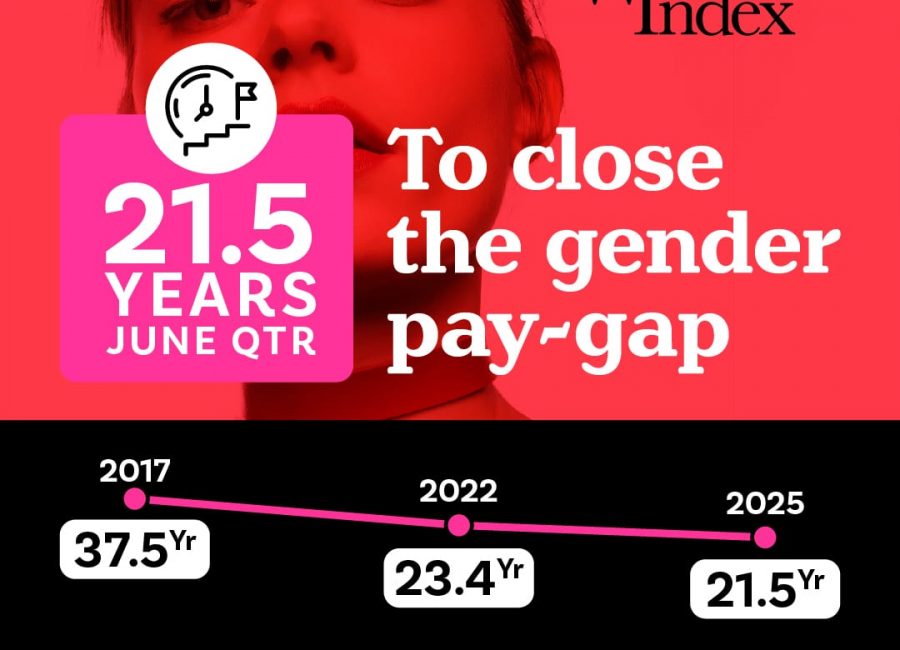2016 was a big year for superannuation changes, not just for women – that part needs more work – but the amounts you can contribute and claim as tax deductions were rejigged.
Here’s what you need to know.
In late November, the Federal Government, with the support of the Labor party, passed several changes to Australia’s super legislation.
These changes were first flagged in the 2016 Federal Budget back in May but this major shake-up to our retirement plans will begin to impact us all from the July 1st, 2017 – that’s just over six months away.
Rather than summarise all the changes, I’ve identified the six top alterations that will likely have the biggest impact on you.
1. Reduction in the concessional contributions cap
This is a reduction in the amount of super your employer can pay you pre-tax. It will drop to $25,000 for everyone per annum from $30,000 for those under 50 and $35,000 for those over 50.
2. Catch-up concessional contributions
Any unused portion of your concessional contributions cap can now be carried forward on a rolling basis for up to five years from July 2018 but only if your super account balance is under $500,000.
What this means is that if you have not contributed to super for a few years then you can make catch-up payments when you begin earning again or once your business becomes more profitable.
3. Tax deductions for personal contributions for all
Up until now, you could only make tax deductible personal contributions if you earned less than 10 per cent of your income from employment.
This made it very hard for part-time workers, investors and self-employed people earning income from sources outside paid employment to top up their super in an efficient way.
Now everyone aged under 75 can make personal tax deductible contributions to super and catch-up if needed.
4. Increased tax on super for those earning $250,000
Until now, if you earn less than $300,000 a year you paid 15 per cent tax on your contributions to super, while those above this threshold paid double that in tax.
The government has now reduced this threshold to $250,000, meaning more people will now pay 30 per cent tax on their super contributions and earnings.
5. Changes to the contributions cap
A common trend amongst those approaching retirement has been to make lump sum payments into their super funds using a process called ‘non-concessional contributions’.
These are super contributions that have already had tax paid on them. Under the old rules, a pre-retiree could put up to $540,000 into super over a three-year period but the changes now mean that this is now capped at a maximum of $300,000 over a three-year period.
This makes planning now for retirement even more important.
6. Removal of tax exempt earnings on transition-to-retirement pensions
Transition-to-retirement (TTR) pensions allowed those working part-time and aged over 55 to draw some income from their super tax free to supplement their earnings.
If you’ve been taking advantage of this option, unfortunately this tax-free status has now been removed and TTR payments will now attract a 15 per cent tax.












